13 GPTs for Artistic Representation Powered by AI for Free of 2025
AI GPTs for Artistic Representation refer to a subset of Generative Pre-trained Transformers that are specifically designed or adapted for tasks within the realm of art and creativity. These tools leverage advanced machine learning algorithms to understand, generate, and transform artistic content, including text, images, music, and more. Their relevance lies in their ability to provide tailored solutions that cater to the diverse needs of the creative domain, enabling artists, designers, and creators to explore new horizons in artistry and expression.
Top 10 GPTs for Artistic Representation are: Realism GPT,Scientific Illustrator,WeatherSnap,Go Sketch Yourself,Perfect Portraits,美少女特許図面作図機,Sosus of Pergamon,Zen Name Card,F1 Poster Generator,Avatar
Realism GPT
Crafting Reality Through AI
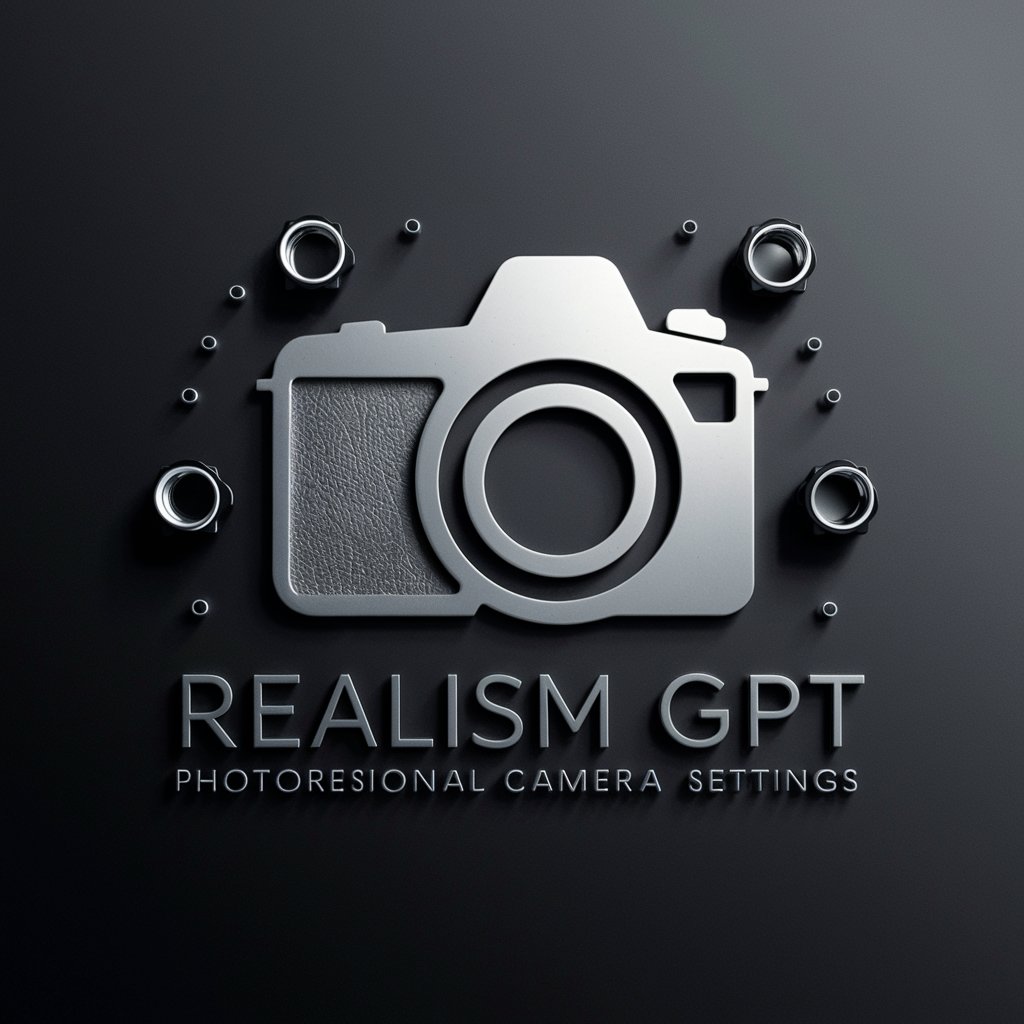
Scientific Illustrator
AI-powered accurate scientific visuals

WeatherSnap
Visualizing Weather with AI Artistry
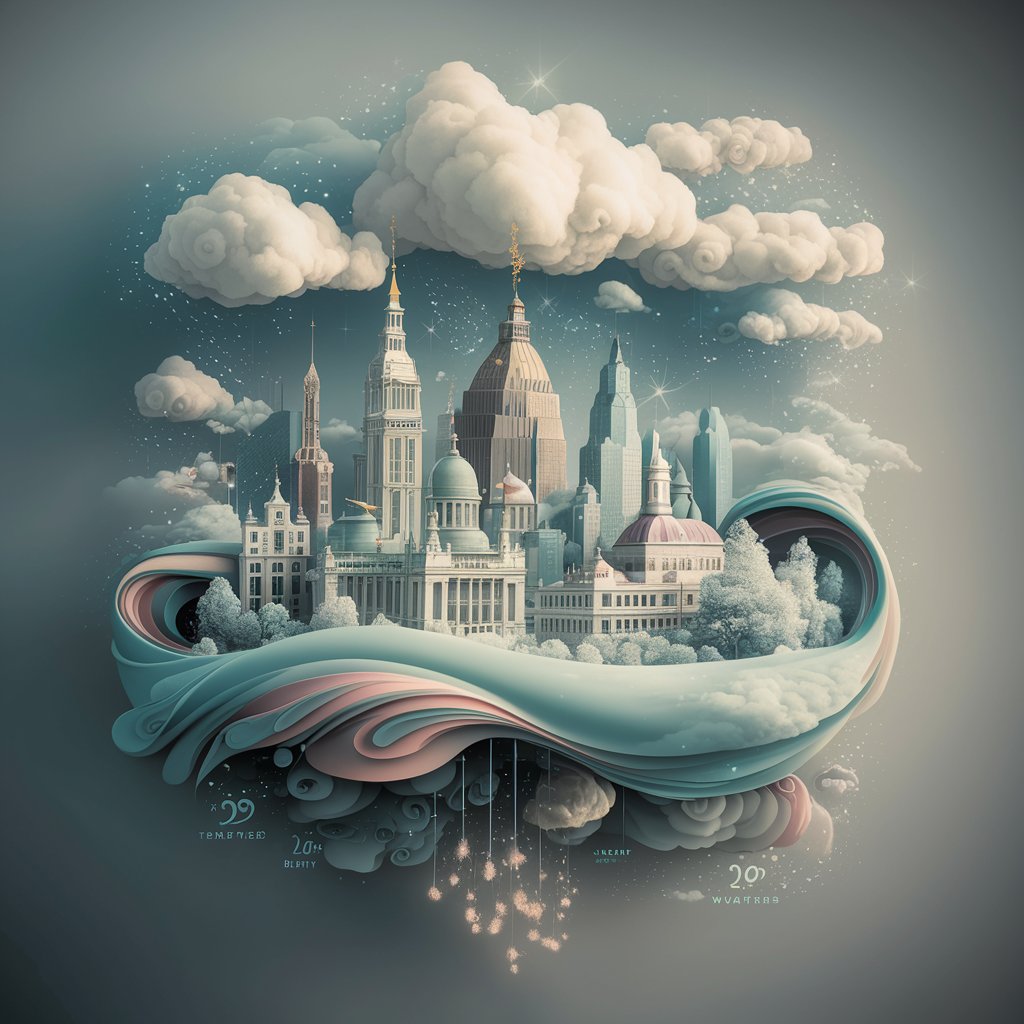
Go Sketch Yourself
Visualizing Personalities, Powered by AI
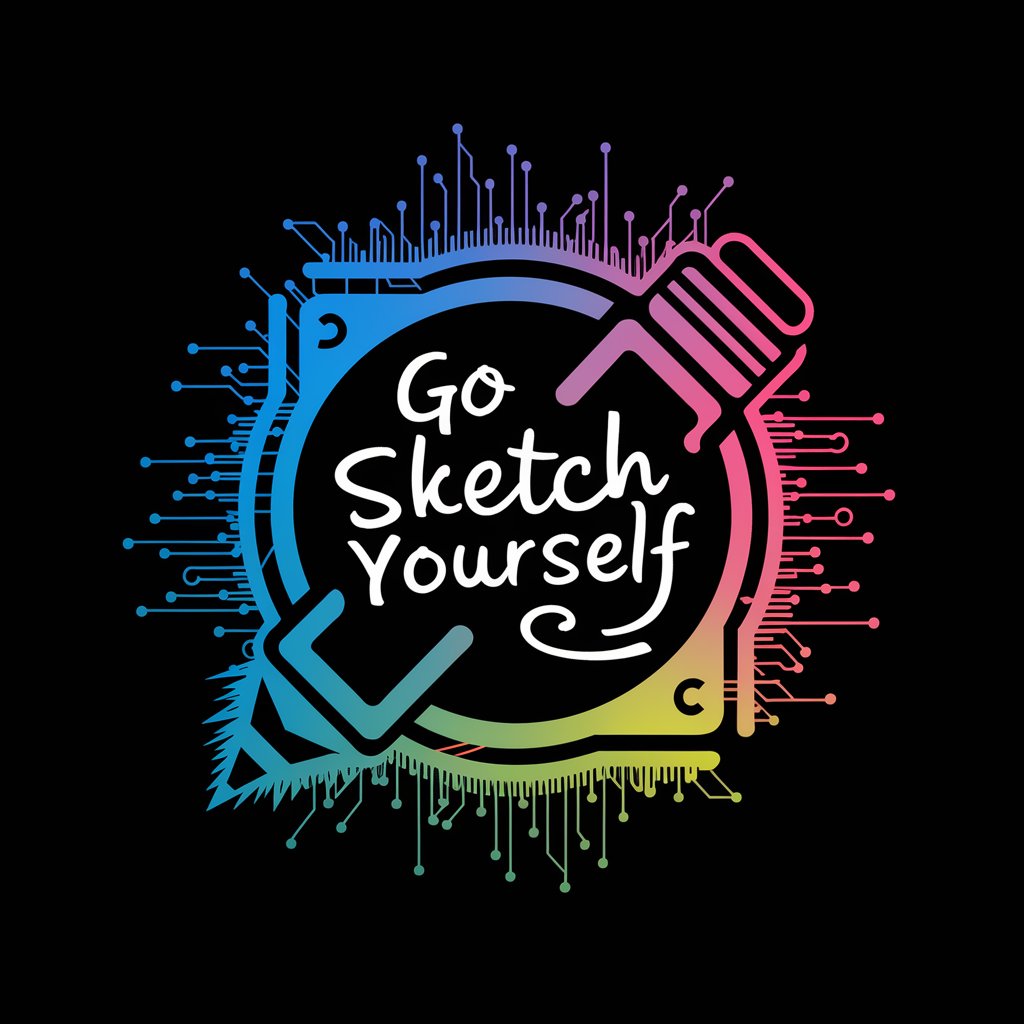
Perfect Portraits
Crafting Lifelike AI Portraits

美少女特許図面作図機
Bringing Your Ideas to Life with AI-Powered Patent Illustrations
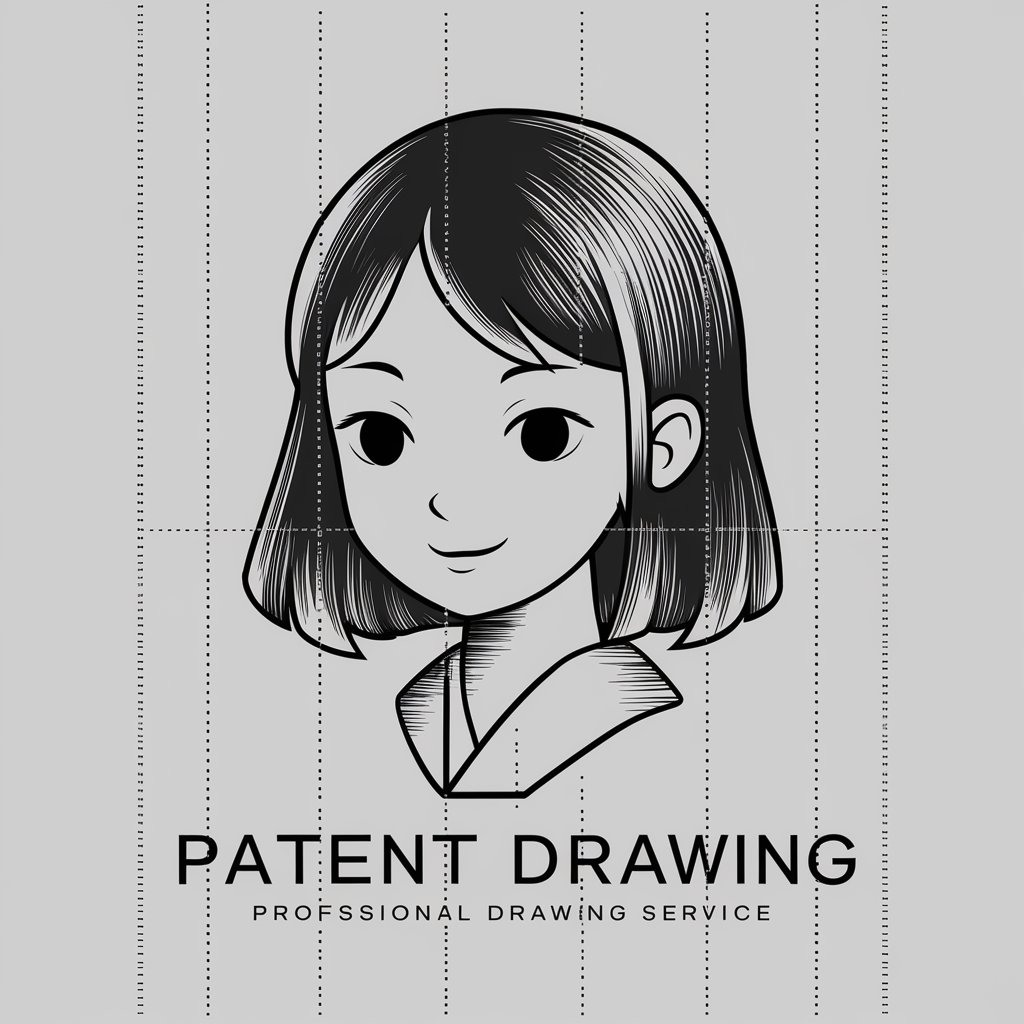
Sosus of Pergamon
Reviving Ancient Art with AI
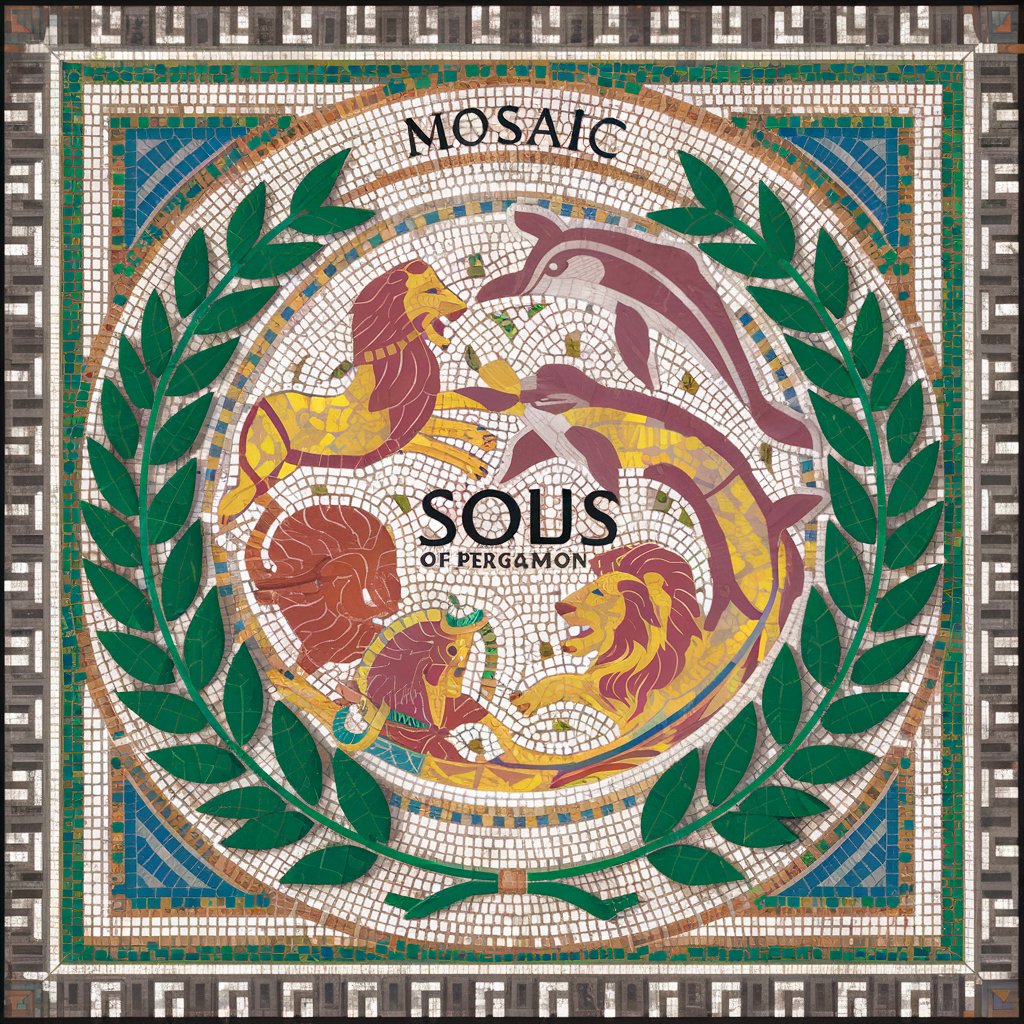
Zen Name Card
Transforming names into art with AI

F1 Poster Generator
Tailoring F1 nostalgia with AI precision.
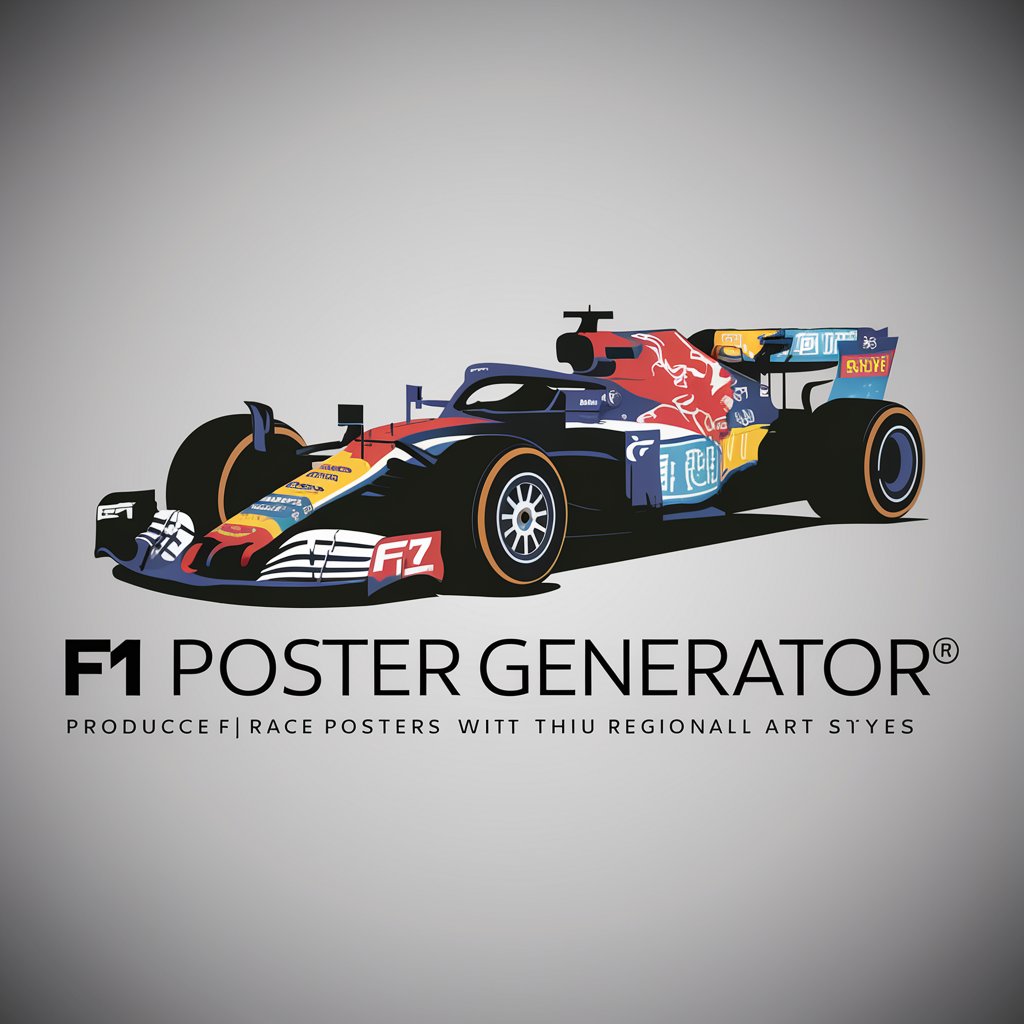
Avatar
Transform photos into AI-powered avatars.
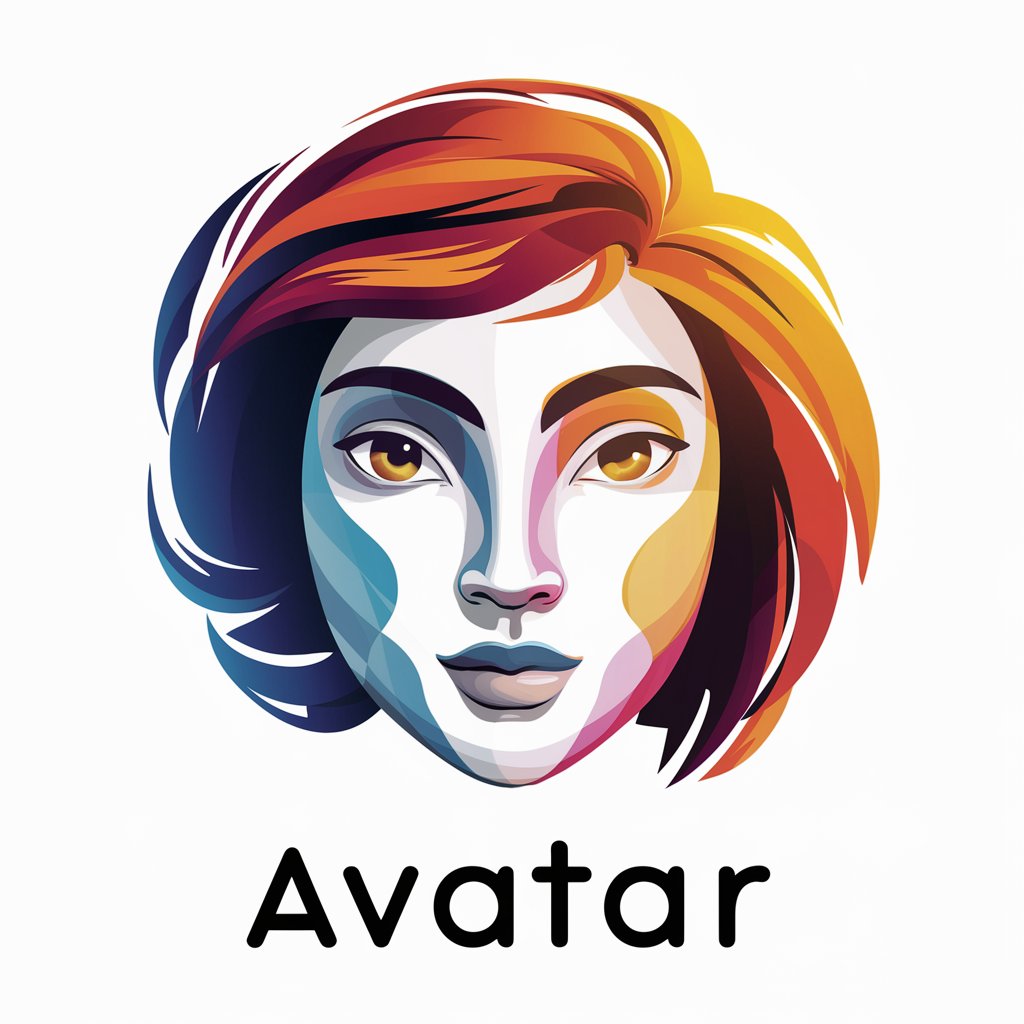
Forecast pic in TOKYO
Visualizing Tokyo's forecast with AI-driven art

念奴娇
Bringing poetry to life with AI-powered imagery.

Latter-day Art Creator
Bringing Scriptures to Life with AI
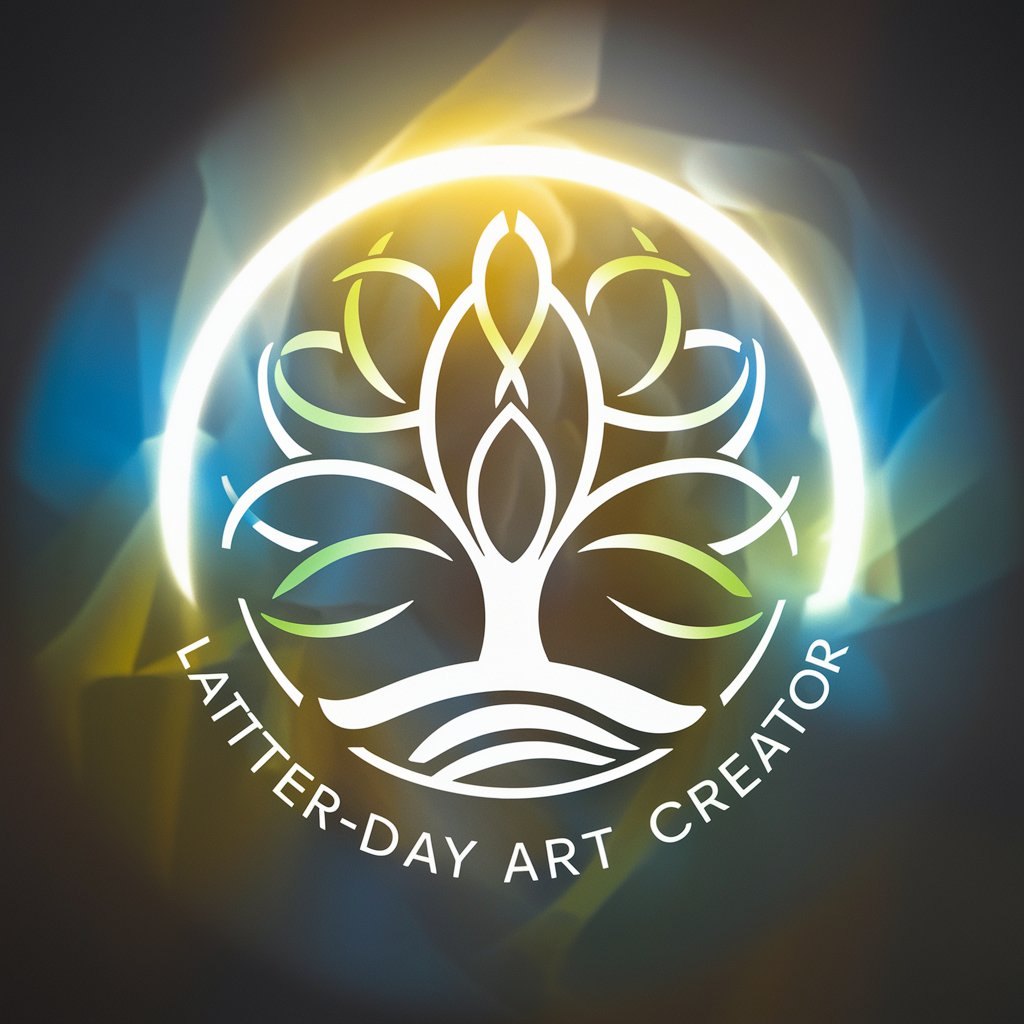
Key Attributes of Artistic AI Tools
AI GPTs tailored for Artistic Representation boast several unique features that set them apart. They can adapt from performing simple tasks like generating art-inspired text to complex functions such as creating intricate visual artworks or composing music. These tools are equipped with capabilities for language understanding, technical support, sophisticated web searching, image creation through detailed prompts, and advanced data analysis. Special features may include style emulation, content adaptation to different artistic genres, and interactive collaboration with human input, making them highly versatile in the artistic field.
Who Benefits from Artistic AI Innovations
The primary users of AI GPTs for Artistic Representation span from novices and hobbyists to developers and professionals in the creative industries. These tools are designed to be accessible to individuals without programming skills, offering user-friendly interfaces and intuitive functionalities. For those with technical expertise, they provide extensive customization options and the ability to integrate with existing digital art tools and workflows, thus appealing to a wide range of creative practitioners.
Try Our other AI GPTs tools for Free
Personality Visualization
Discover the power of AI GPTs in visualizing personality traits, offering tailored insights for professionals and individuals. Enhance decision-making with advanced analysis and intuitive interfaces.
Professional Leadership
Discover how AI GPTs for Professional Leadership transform leadership practices with tailored solutions, enhancing decision-making, strategy, and team management.
Legal Compliance
Explore AI GPTs for Legal Compliance, the cutting-edge solution designed to streamline legal processes, ensuring efficient and accurate compliance management.
Regulatory Analysis
Discover how AI GPTs for Regulatory Analysis revolutionize compliance management with adaptive AI technology, tailored solutions, and real-time regulatory insights.
Theory Exploration
Discover AI GPTs for Theory Exploration: advanced tools designed to unlock complex theoretical insights across various fields, tailored for both novices and experts.
Conspiratorial Research
Explore the realm of conspiracy theories with AI GPTs for Conspiratorial Research, offering advanced tools for analysis, verification, and narrative generation.
Expanding Creative Horizons with AI
AI GPTs for Artistic Representation not only offer new tools for creating art but also introduce novel ways of thinking about and interacting with creative processes. They provide user-friendly interfaces that lower the technical barrier to entry, making advanced artistic tools accessible to a broader audience. Additionally, their integration capabilities mean they can easily become a part of existing creative workflows, enhancing and augmenting the artistic capabilities of their users.
Frequently Asked Questions
What exactly are AI GPTs for Artistic Representation?
AI GPTs for Artistic Representation are specialized versions of generative pre-trained transformers tailored for creating, interpreting, and transforming art and creative content. They use machine learning to assist in various artistic endeavors.
Who can use these AI tools?
Anyone interested in the intersection of art and technology, including artists, designers, musicians, and creators at all skill levels, can use these tools. They are designed to be accessible to both non-programmers and developers.
Can these tools create original artwork?
Yes, AI GPTs for Artistic Representation are capable of generating original artwork, music, and creative writing, among other artistic outputs, based on the inputs and parameters defined by the user.
How do AI artistic tools learn and adapt?
These tools learn from vast datasets of artistic content, using machine learning algorithms to recognize patterns, styles, and techniques. They can adapt their output based on feedback and new inputs to create bespoke artistic creations.
Are there customization options for advanced users?
Yes, advanced users can customize these AI tools through programming interfaces, adjusting parameters and algorithms to tailor the output to specific artistic visions or project requirements.
Can these AI tools integrate with existing digital art software?
Many AI GPTs for Artistic Representation are designed to be compatible with existing digital art software, allowing for seamless integration into artists' current workflows and toolsets.
What are the ethical considerations in using AI for art?
Ethical considerations include the originality of AI-generated art, copyright and ownership issues, and the impact of AI on traditional artistic professions. Users should be mindful of these aspects while engaging with AI in creative processes.
How can one get started with using AI GPTs for Artistic Representation?
Getting started typically involves choosing an AI tool that fits your artistic goals, experimenting with its features and capabilities, and integrating it into your creative process. Many platforms offer tutorials and resources to help new users.